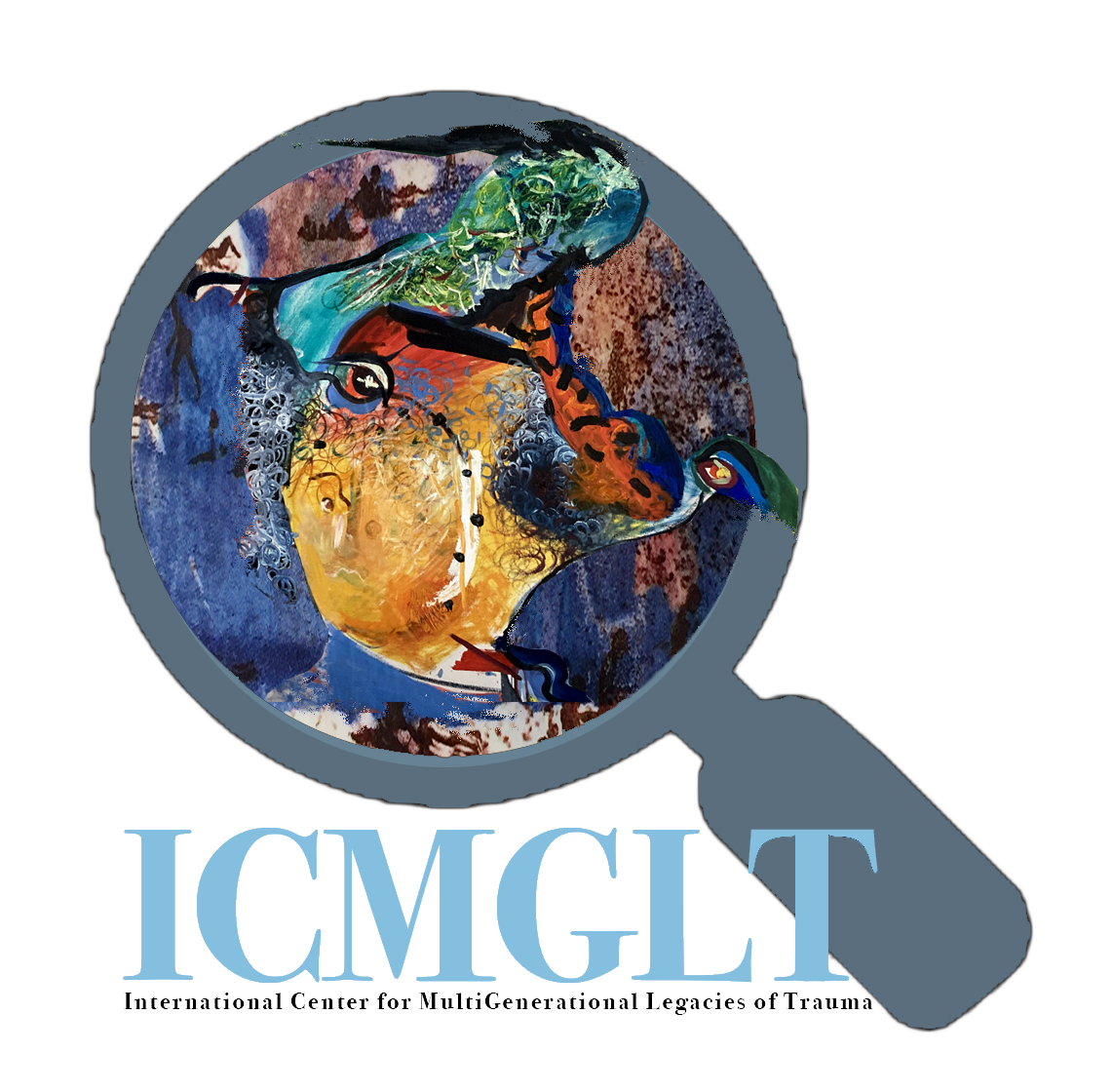McLean, K. A. M. (2018). US Fishery Disasters: Trends, Causes, and Impacts of Pacific Salmon Declines on Native American Communities. George Mason University.
Abstract
Healthy oceans are essential for sustaining life and providing a healthy environment, source of food, and a secure livelihood to coastal communities and economies which depend on them. While there are natural fluctuations in the amount of fish caught each year, and, therefore, in the revenue generated by the fishery, the fisheries are also subject to a variety of factors that can cause sudden and unexpected losses, leading to serious economic impact for fishers and their communities.
When a fishery disaster occurs, the loss of income ripples through the entire supply chain of services from fishers and their families to their communities and to business owners within those communities. In Native American and other small communities, fishery disasters can mean there is not enough food on the table or clothes and supplies for their children to go to school. The entire community can be impacted. Native American communities’ cultural identity, personal health, and in many cases, livelihoods, are inextricably interconnected with the health of Pacific salmon populations across the region, including the Pacific Ocean off the western coast of the United States. Overall trends in several variables in fishery disaster determinations from 1989 through 2017 were examined. The variables were: year, region, state (for Pacific coast only), fishery resource, species, specific geographic location, type of requesting entity (Native American or non-Native American), name of Native American tribe/nation, and causes reported. Data were also grouped into the habitat variable: inland/inshore and oceanic fisheries.
The Mann-Kendall trend test (MK) was used to identify any significant trends over time for each of the variables examined. Results of the MK for fishing years 1989 through 2017 for all 237 fishery-specific disasters, did not show a significant trend in either direction. One would expect a decrease if fisheries were transitioning toward sustainability. Analysis of oceanic and inland/inshore rivers showed a shift from predominantly oceanic salmon fishery disasters through 1998 to inland/inshore disasters from 1999 through 2017. Results of the MK for oceanic showed no significant trend. However, results for inland/inshore Pacific salmon fishery disasters showed a significant increase (p=0.007). Fishery-specific disasters involving salmon species outnumbered disasters involving non-salmon species by 175 (74%) to 62 (26%). Fishery disasters involving salmon and Native American tribes/nations were combined and the MK conducted. The results showed a statistically significant increase in the salmon disasters requested by Native American tribes/nations (p=0.0016). Interviews with members of Native American communities further showed salmon disasters have adversely and severely, in some cases, impacted the fabric of Native American life and culture in areas of the western United States where salmon are an integral part of life and subsistence. Recommendations for fisheries management and meaningful engagement with tribes on these issues, are discussed.

